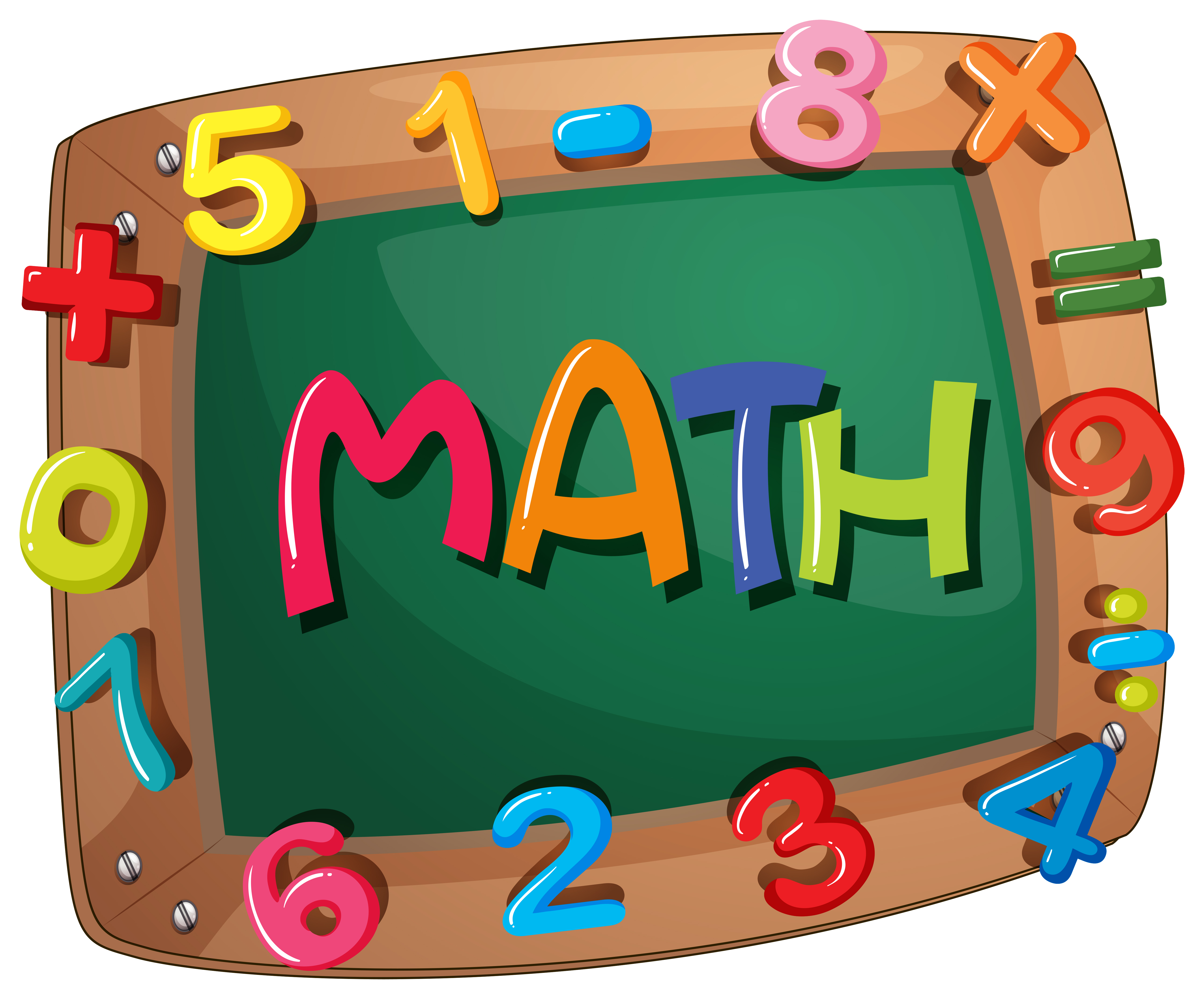Maths

Files to Download
progression-in-written-division-summary.docx mental-calculations-policy-addition-and-subtraction.doc mental-calculations-policy-multiplication-and-division.docx progression-in-written-subtraction-summary.docx progression-in-written-multiplication-summary.docx progression-in-written-addition-summary.docx
 Reedley Primary School
Reedley Primary School